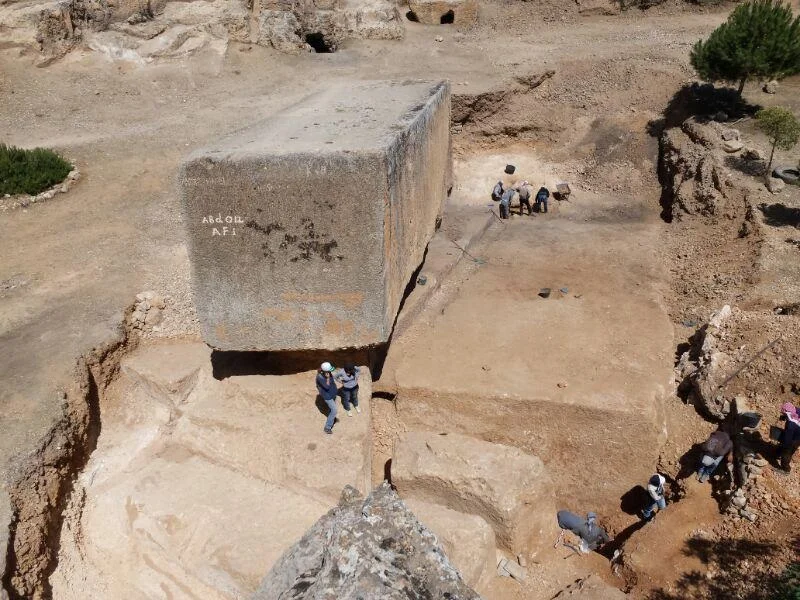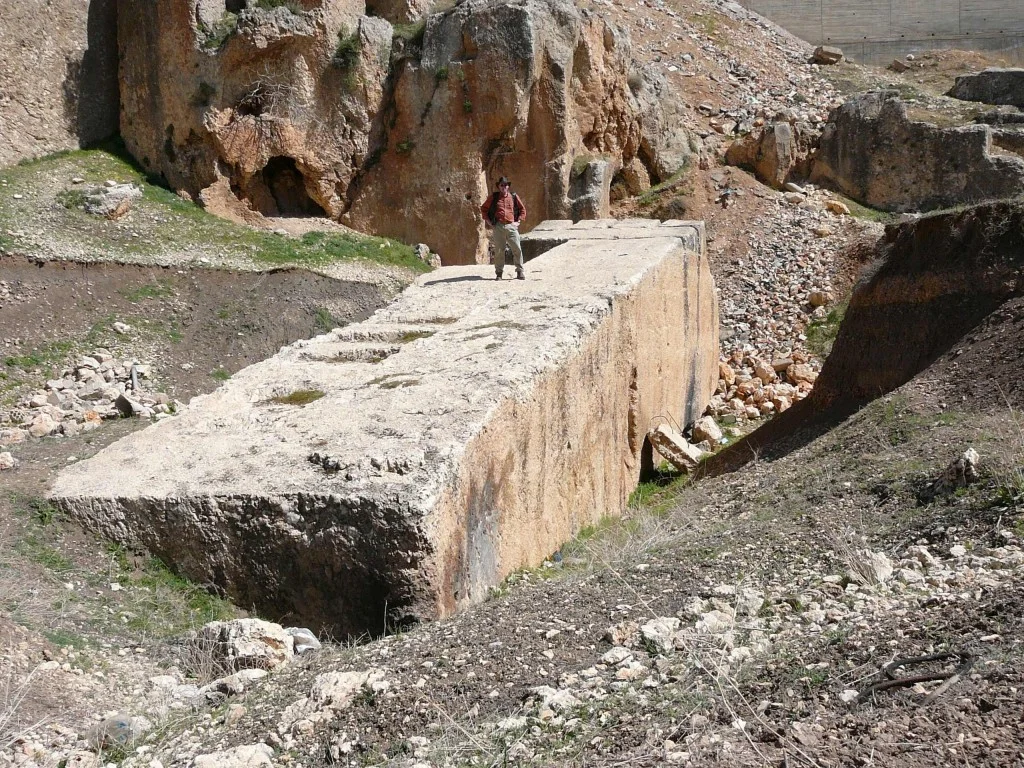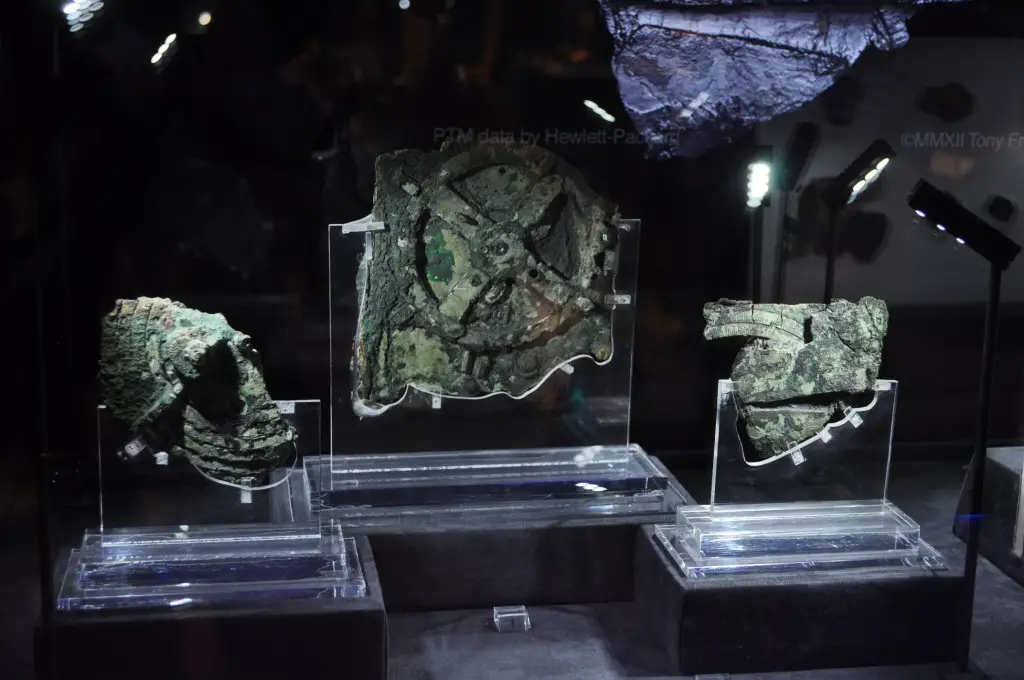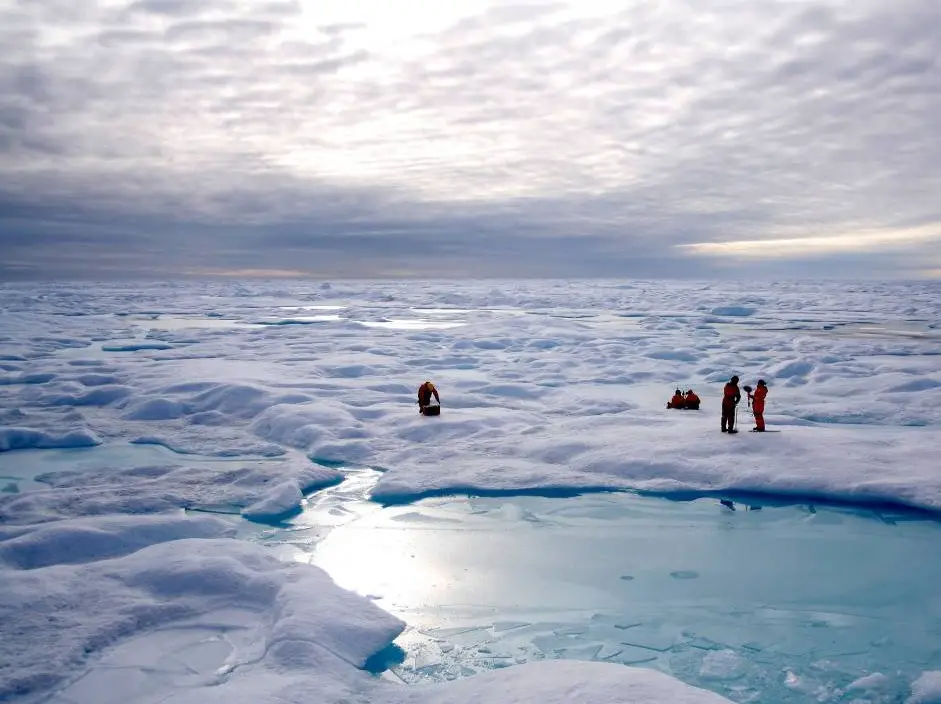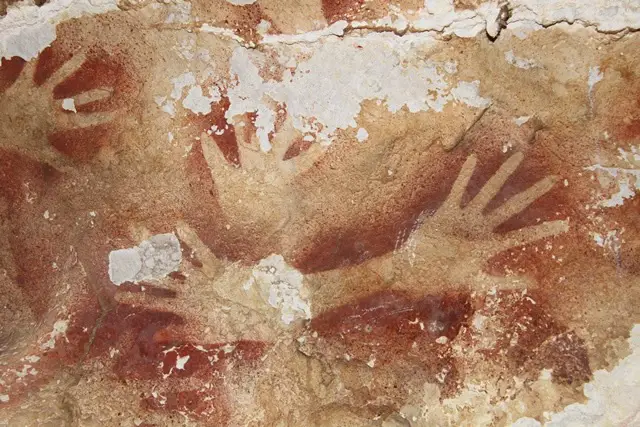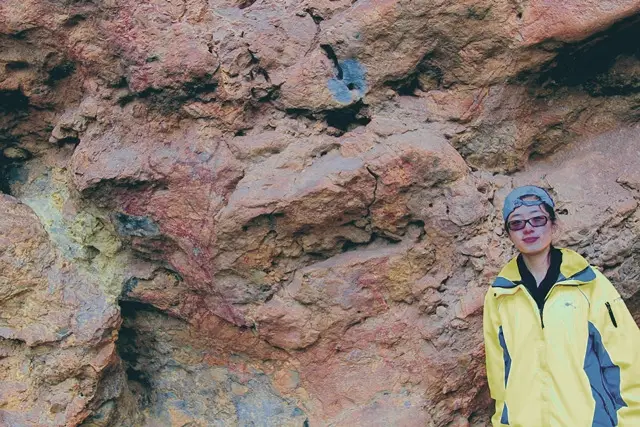King Richard III: DNA and genealogical study confirms identity of remains found in Leicester and uncovers new truths about his appearance and Plantagenet lineage
International research led by the University of Leicester published in Nature Communications reveals:
- Analysis of all the available evidence confirms identity of King Richard III to the point of 99.999% (at its most conservative).
- Analysis of the mitochondrial DNA shows a match between Richard III and modern female-line relatives, Michael Ibsen and Wendy Duldig.
- The male line of descent is broken at one or more points in the line between Richard III and living male-line relatives descended from Henry Somerset, 5th Duke of Beaufort.
- King Richard was almost certainly blue-eyed and probably had blond hair at least during his childhood.
- The portrait which appears to most closely match the genetically-determined hair and eye colour is the Arched-Frame Portrait in the Society of Antiquaries.
An international research team led by Dr Turi King from the University of Leicester Department of Genetics provides overwhelming evidence that the skeleton discovered under a car park in Leicester indeed represents the remains of King Richard III, thereby closing what is probably the oldest forensic case solved to date.
The team of researchers, including Professor of English Local History, Kevin Schürer, who is also Pro-Vice-Chancellor for Research at the University of Leicester, who led the genealogical research for the project, has published their findings online today (Tuesday 2 December) in the prestigious peer-reviewed journal Nature Communications.
The researchers collected DNA from living relatives of Richard III and analysed several genetic markers, including the complete mitochondrial genomes, inherited through the maternal line, and Y-chromosomal markers, inherited through the paternal line, from both the skeletal remains and the living relatives.
While the Y-chromosomal markers differ, the mitochondrial genome shows a genetic match between the skeleton and the maternal line relatives. The former result is not unsurprising as the chances for a false-paternity event is fairly high after so many generations. This paper is also the first to carry out a statistical analysis of all the evidence together to prove beyond reasonable doubt that Skeleton 1 from the Greyfriars site in Leicester is indeed the remains of King Richard III.
The researchers also used genetic markers to determine hair and eye colour of RIII and found that with probably blond hair and almost certainly blue eyes RIII looked most similar to his depiction in one of the earliest portraits of him that survived, that in the Society of Antiquaries in London.
The research team now plans to sequence the complete genome of RIII to learn more about the last English king to die in battle.
The University of Leicester was the principal funder of the research. Dr King’s post is part-funded by The Wellcome Trust and the Leverhulme Trust.
Dr King said:
“Our paper covers all the genetic and genealogical analysis involved in the identification of the remains of Skeleton 1 from the Greyfriars site in Leicester and is the first to draw together all the strands of evidence to come to a conclusion about the identity of those remains. Even with our highly conservative analysis, the evidence is overwhelming that these are indeed the remains of King Richard III, thereby closing an over 500 year old missing person’s case.”
Professor Schürer added:
“The combination of evidence confirms the remains as those of Richard III. Especially important is the triangulation of the maternal line descendants. The break in the Y-chromosome line is not overly surprising given the incidence of non-paternity, but does pose interesting speculative questions over succession as a result.”
Simon Chaplin, Director of Culture & Society at the Wellcome Trust, added: “It is exciting to have access to genetic data from any known historical individual, let alone a king of England lost for more than 500 years, so we are thrilled to be able to support this fascinating project through our Research Resources grant scheme. Adding this information to a wealth of existing material about Richard III further highlights the ways in which studying human remains can inform our understanding of the past, and we look forward to learning more about Richard for many years to come.”
University of Leicester – Header Image : These are remains of Richard III discovered at Greyfriars.

